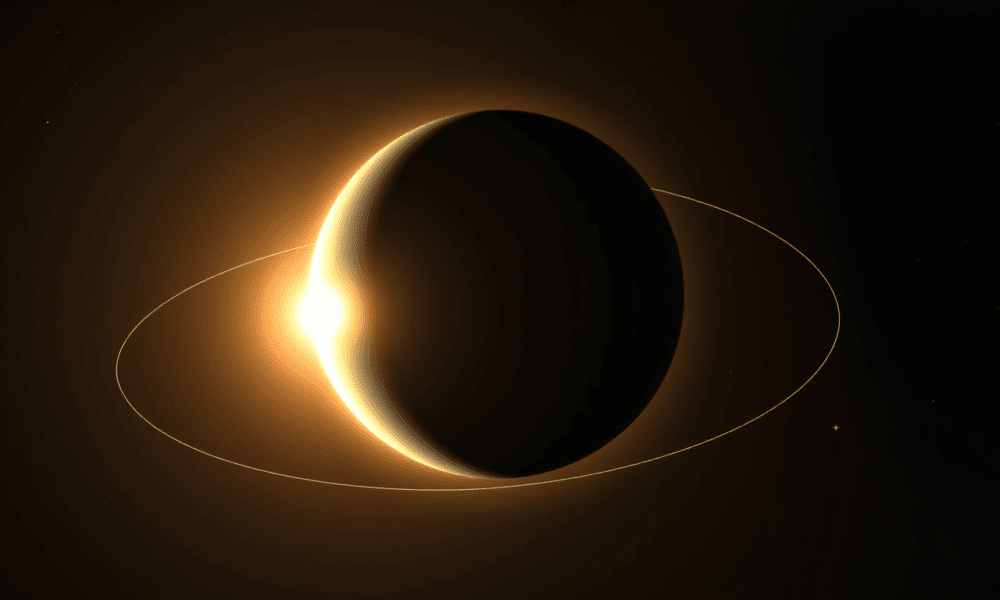
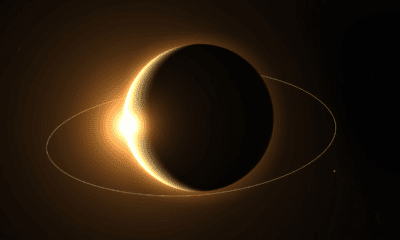

Astronomers have discovered a bizarre object in the outer solar system, 2020 VN40, that dances to Neptune’s gravitational beat in a never-before-seen rhythm. It’s the first...
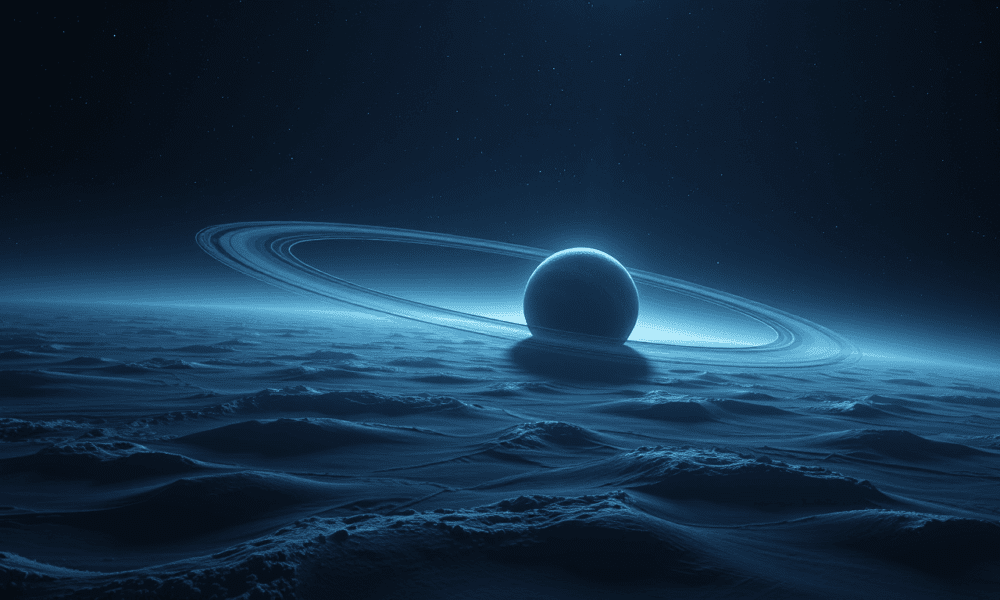
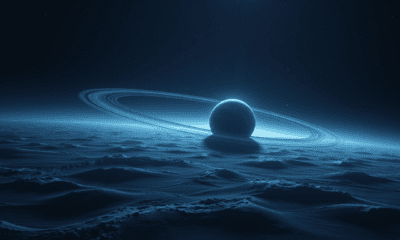

A tiny object far beyond Pluto, newly discovered by the Subaru Telescope, could reshape our understanding of the early Solar System. Named 2023 KQ14, this rare...
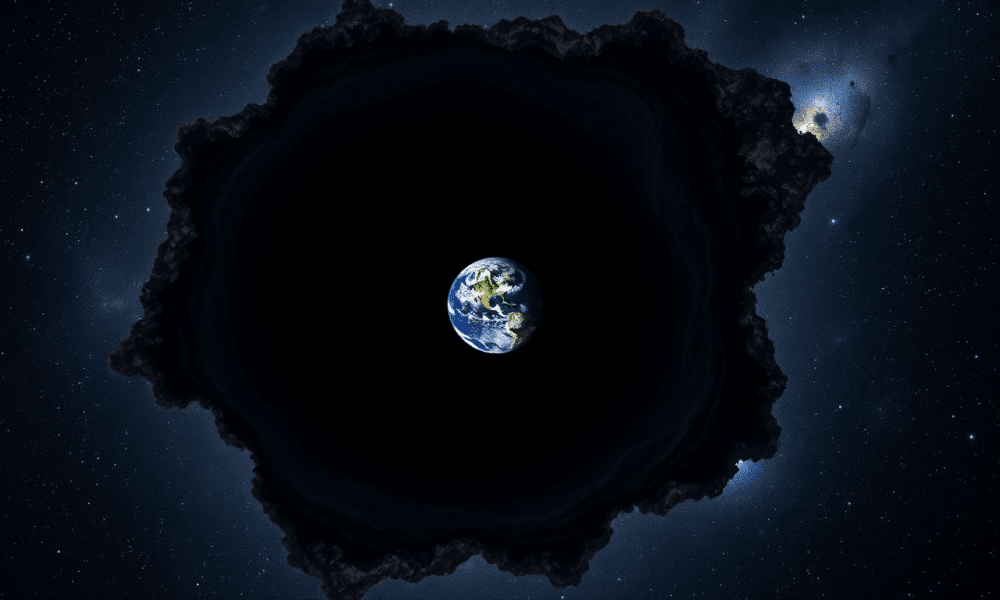
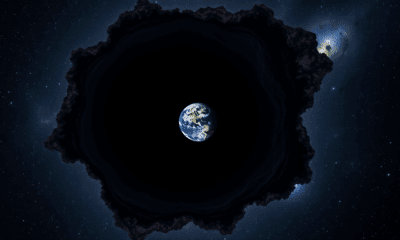

Our galaxy may reside in a billion-light-year-wide cosmic bubble that accelerates local expansion, potentially settling the long-running Hubble tension. Galaxy counts reveal a sparsely populated neighborhood,...
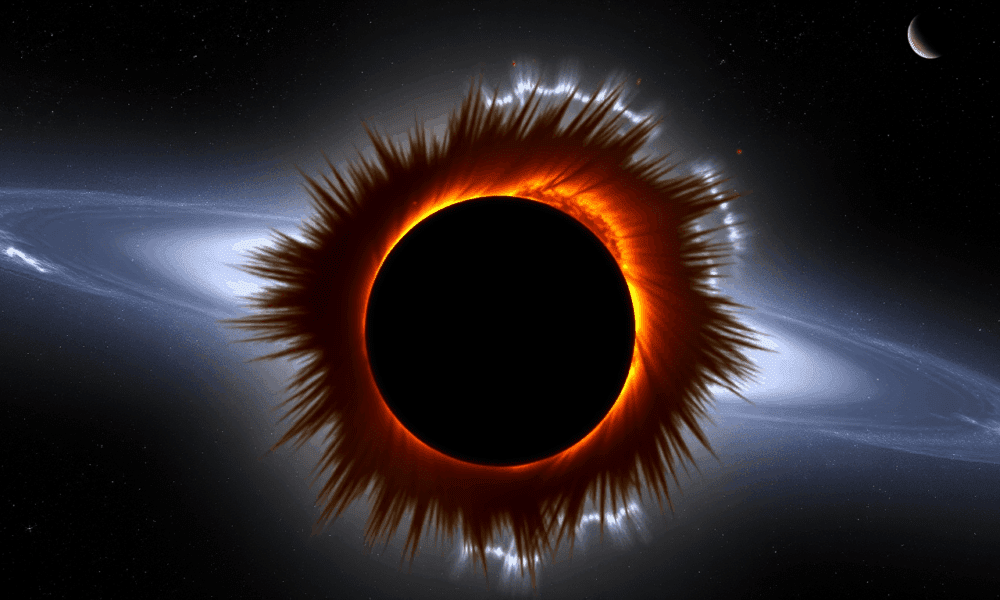
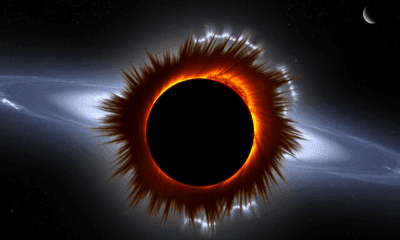

Gravitational-wave detectors have captured their biggest spectacle yet: two gargantuan, rapidly spinning black holes likely forged by earlier smash-ups fused into a 225-solar-mass titan, GW231123. The...
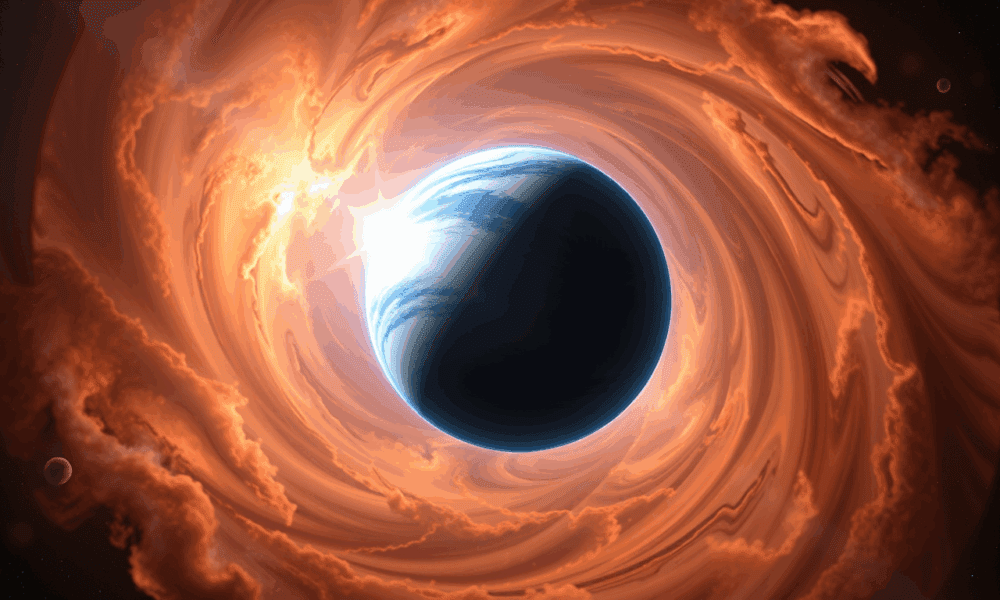
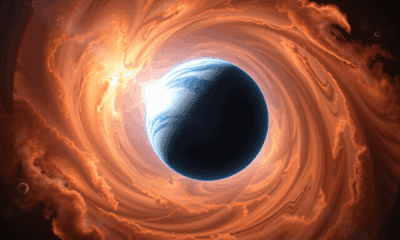

Astronomers have uncovered a massive, hidden exoplanet nestled in the dusty disc of a young star—MP Mus—by combining cutting-edge data from the ALMA observatory and ESA’s...
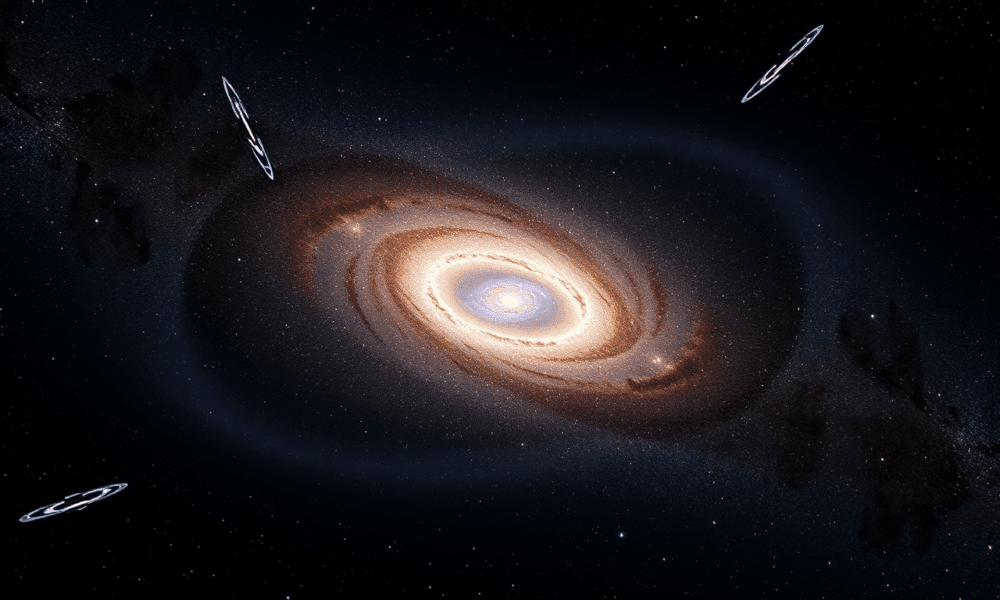
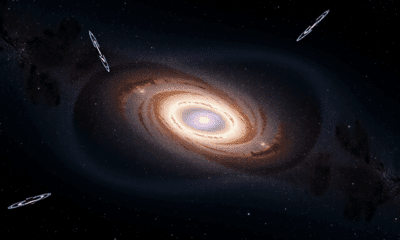

New supercomputer simulations suggest the Milky Way could be surrounded by dozens more faint, undetected satellite galaxies—up to 100 more than we currently know. These elusive...
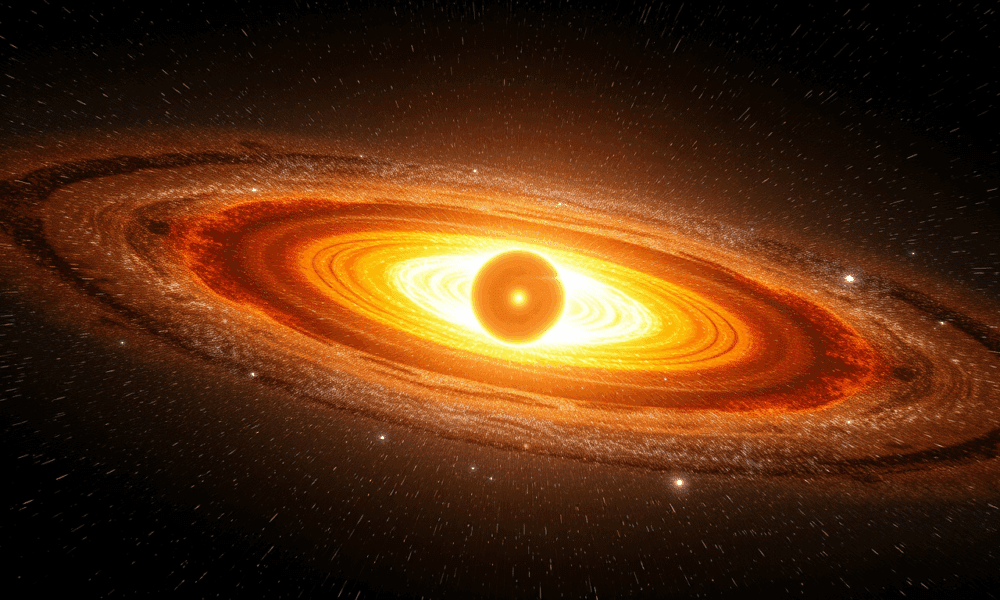
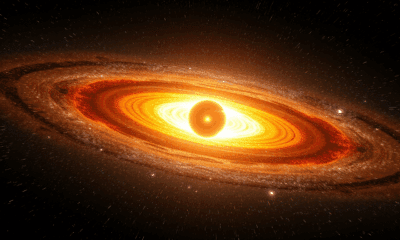

Imagine a star powered not by nuclear fusion, but by one of the universe’s greatest mysteries—dark matter. Scientists have proposed the existence of “dark dwarfs,” strange...
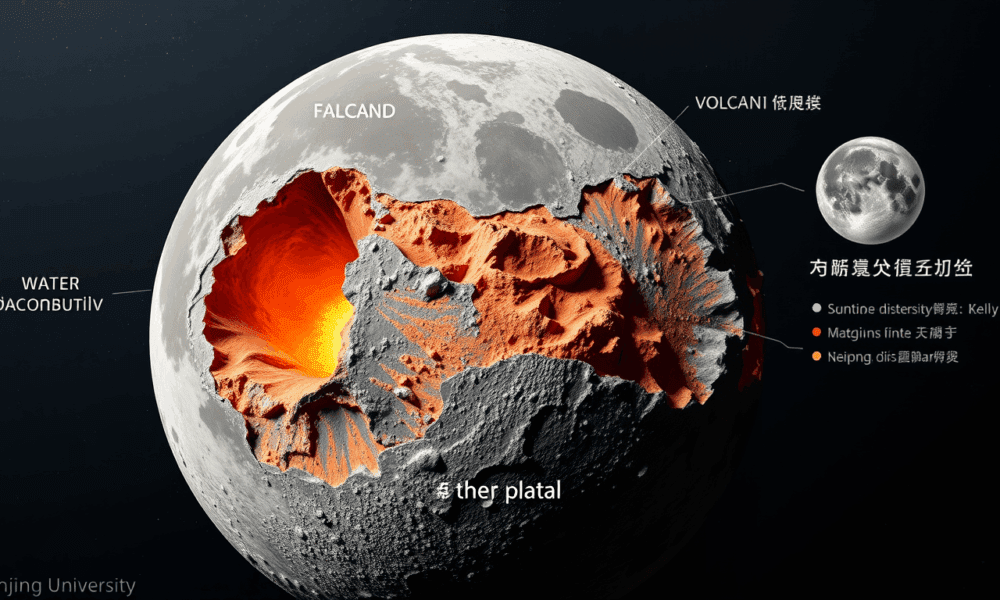
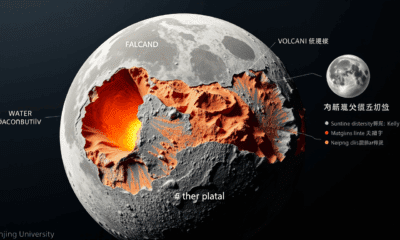

China's Chang’e-6 mission has delivered the first-ever samples from the Moon’s far side, shedding light on one of planetary science’s greatest mysteries: why the near and...
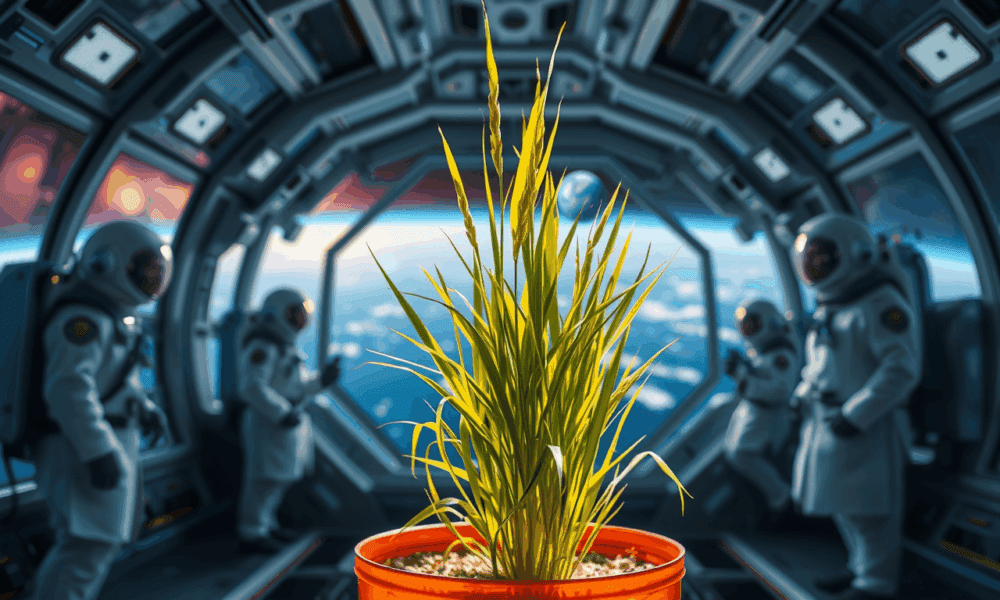
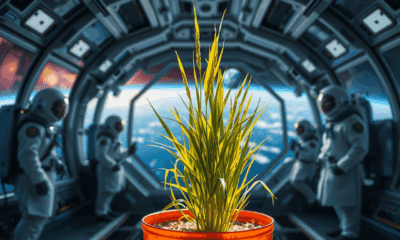

In a bold step toward sustainable space travel, scientists are engineering a radically small, protein-rich rice that can grow in space. The Moon-Rice project, led by...
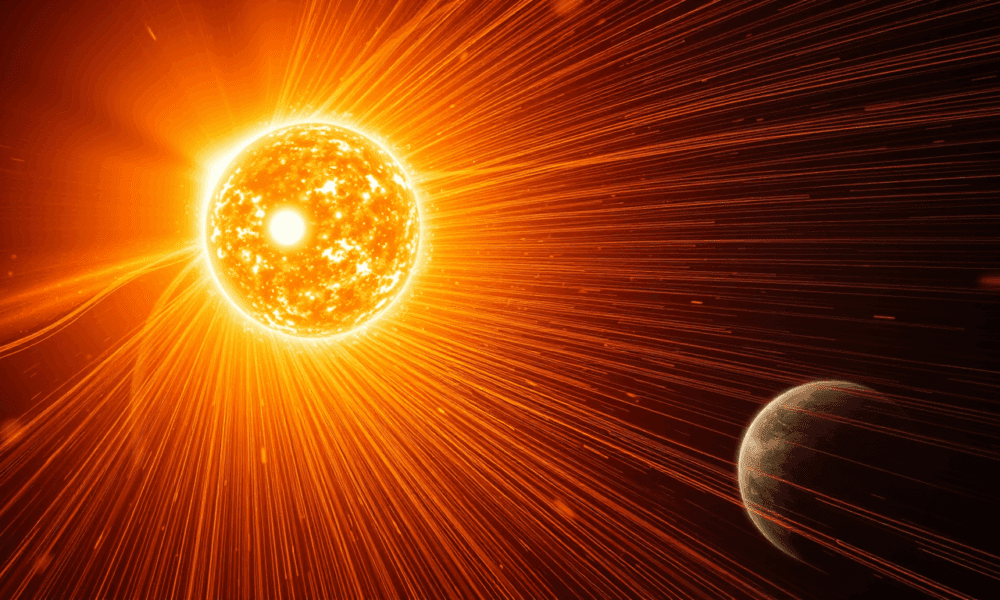
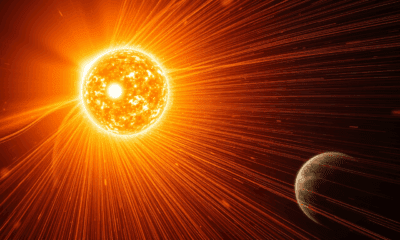

In its closest-ever dive into the Sun’s atmosphere, NASA’s Parker Solar Probe has returned stunning new images and data that bring scientists closer to solving one...